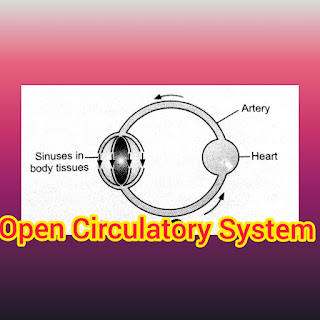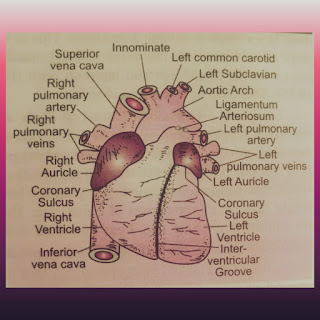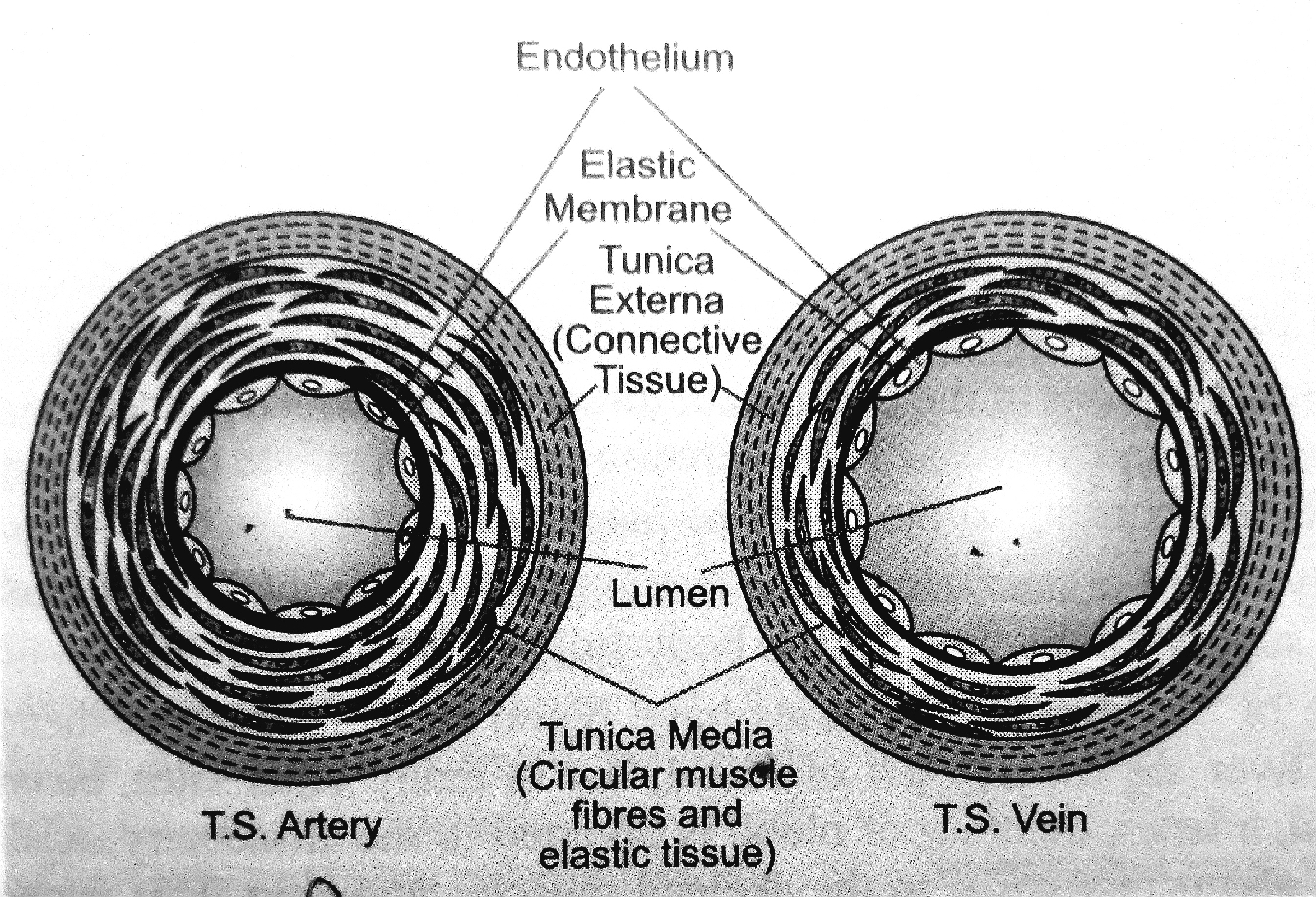What is Microbodies, their structure, types and functions ?
Microbodies are single unit membrane-bound vesicles that occur in all eukaryotic cells. Microbodies contain a variety of enzymes. In 1954, with the help of electron microscopy, microbodies were first seen by Rhodin. It usually lies near the endoplasmic reticulum but sometimes microbodies lie near to the mitochondria or plastid. It is also known as Peroxisomes and these are absent in prokaryotic cells.
Structure- The microbodies are simple, roughly spherical sacs bounded by a single unit of cell membrane. It contains dense granular matrix including enzymes and protein. It is found in the cell cytoplasm. The microbodies do not contain any genetic material. The size of microbodies are 0.5 to 1.5 micrometers and it is only seen in electron microscopy.
Types of Microbodies - There are mainly three types of microbodies.
1) Animal Peroxisomes
2) Glyoxisomes
3) Plant Peroxisomes
Animal Peroxisomes - are present in vertebrates, invertebrates and protozoans (paramecium). In vertebrates it is found in liver, kidney, brain, small intestine, testis and adrenal cortex. They contain oxidase and catalase enzymes. Peroxide produced by oxidase enzymes and peroxide destroyed by catalase. Oxidases catalyse the oxidation of substrate ( amino acid and uric acid) and produce hydrogen peroxide H2O2. For the production of hydrogen peroxide molecular oxygen is needed. Hydrogen peroxide degrades by catalase in the form of water and oxygen. Hydrogen peroxide is produced in the cell to attack and kill ingested bacteria. Well, H2O2 is harmful for the living cells so its destruction is useful for the cell.
Glyoxisomes- are found only in the plant germinating fatty seeds cells such as watermelon, cucumber, peanut and others. The glyoxisomes are contain only catalase enzymes. It is use to conversion of fats to sucrose by glyoxylate cycle. Seeds use sucrose as energy. Once the germinating is done the glyoxisomes are no longer found in the cells.
Plant Peroxisomes- are found in the leaf cells. These are capable of photosynthesis. In mesophyll cells there are 70 to 100 peroxisomes present. Plant peroxisomes contain enzymes that present in both animal peroxisomes and glyoxisomes. More than that they also contain glycolic acid oxidase that oxidises glycolic acid. By photosynthesis it makes glyoxylic acid and its process is called photorespiration. The glyoxylic acid raises succinic acid and the succinic acid enters the krebs cycle or changes into glucose. The plant peroxisomes are the most complex microbodies because they have enough enzymes for all these reactions.
Function-
1) Microbodies are oxidative organelles which play an important role in the metabolism of fats, sugar and amino acids.
2) Microbodies also take part in the synthesis of bile acid.
Some important questions?
1) What is catalase.
Ans. Catalase is an enzyme which use to breakdown the hydrogen peroxide to water and oxygen.
2) Microbodies seen under which microscope?
Ans. Microbodies seen under electron microscope.
Reference book- Pradeep's Biology Text Book .





Comments
Post a Comment